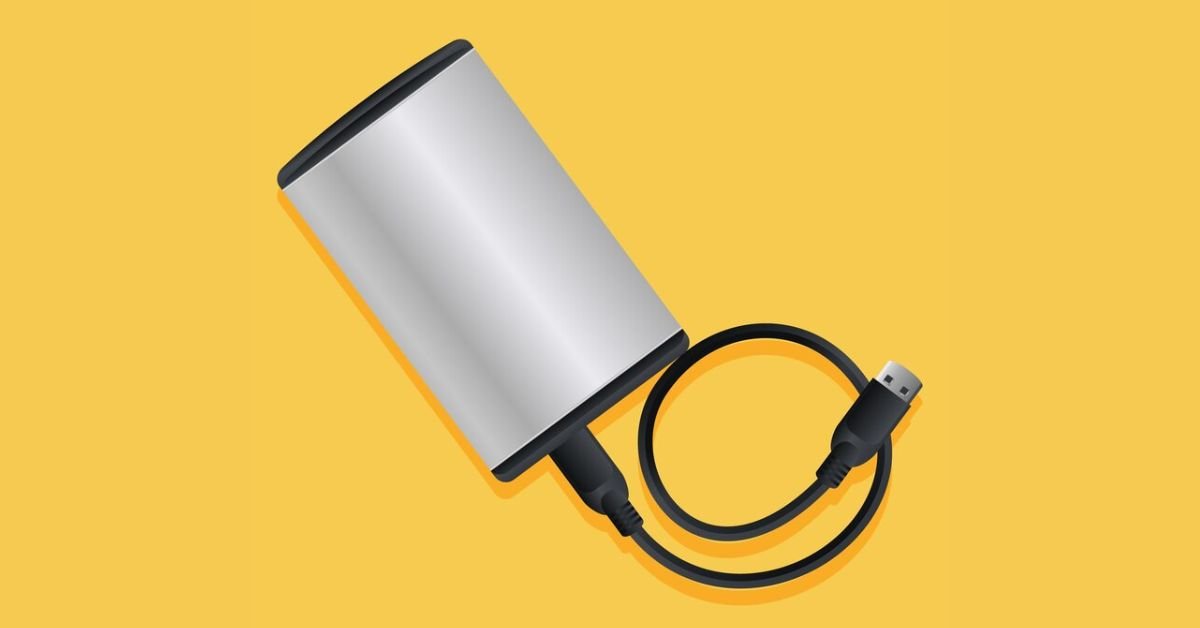Lipo Battery, known for their high energy density and lightweight nature, are popular in the DIY electronics world for their suitability in various creative projects. If you want to power a custom drone or improve your remote-controlled car, properly using LiPo batteries is essential for exploring new possibilities in your DIY projects. In this blog post, we will delve into various innovative projects that use the potential of LiPo batteries, providing detailed instructions and crucial safety advice to help you make the most of your abilities smoothly.
Build Your Own High-Performance Drone
Supplies Required:
- LiPo batteries (ideally 1500mAh, 11.1V): selected for their balance of weight and power, making them well-suited for drones.
- Drone frame kit: The structure of your drone, which securely unites all parts.
- Engines and blades will generate the required upward force and forward motion.
- ESCs, known as Electronic Speed Controllers, regulate the motors’ speed.
- The drone’s flight controller manages stability and movements and is the central control system.
- Transmitter and receiver for remote control: Used for controlling your drone from a distance.
Step-by-step instructions:
- Construct the drone frame to start assembling it. This is the base on which all other parts will be connected. Ensure each component is fastened securely to prevent structural failures while in the air.
- Install Motors and ESCs: Connect each motor to a specific arm of the drone structure. Next, link each motor to an electronic speed controller (ESC). These ESCs are vital in managing the power distribution from the LiPo batteries to the motors, ultimately controlling your drone’s speed and agility.
- Install the Flight Controller: Mount the flight controller in the centre of the frame. This positioning guarantees accurate monitoring of the drone’s tilt and movement, which is crucial for maintaining a stable flight.
- Attach the LiPo Battery: Place the LiPo battery on the drone, ensuring it is firmly in place and can be easily removed for charging. Attach it to the ESCs correctly, noting polarity and providing solid connections to avoid potential power problems.
- Connect the receiver to the flight controller to complete the setup. Pair your remote control transmitter with the receiver, ensuring all controls are working properly and mapped correctly.
Tips on how to stay safe:
- Please monitor your LiPo batteries’ charge levels regularly. It is important not to completely discharge LiPo batteries as it can cause harm to them.
- Be sure always to utilise a LiPo-safe bag to charge the batteries. These items are resistant to fire and can withstand high temperatures.
Power a Cutom Remote Controlled Car
Materials Required:
- LiPo batteries (recommended: 5000mAh, 7.4V) offer a durable and enduring power supply.
- The assembly of your RC car depends on having the necessary components, including frame, wheels, motor, and gearbox, included in the RC car kit.
- Speed regulator suitable for LiPo batteries: Controlling the electrical power supplied to the car’s motor.
- Servo for steering: Used to manage the turning of the wheels.
- Remote control technology: Operating the vehicle from afar.
Guide with instructions:
- Build the Car Frame: Put together the frame using the components from your RC car set, install wheels, and ensure the chassis is sturdy and robust.
- Set up the Motor and Gearbox: Place the motor in the designated space on the frame, ensuring it is correctly aligned with the gearbox for efficient power transfer.
- Configure the Steering: Attach the steering servo to either the steering linkage or directly to the front wheels, based on the specific model.
- Place the LiPo battery securely in the designated compartment during installation. Make sure it stays stable while moving, as an uneven weight can impact how the vehicle drives.
- Link Electronics: Attach the motor and steering servo to the speed controller, then link the speed controller to the battery and receiver.
Safety advice:
- Make sure to double-check that the specifications of your LiPo battery are compatible with those needed for your RC car to avoid overloading the electrical system.
- Check Electrical Connections: Ensure all connections are tight to avoid electrical shorts or disconnections while in use.
Create Portable Power Banks with Lipo Batteries
Items required:
- LiPo batteries (2000mAh, 3.7V): Providing compact yet powerful energy.
- Battery management system (BMS): Maintains safety through overseeing the batteries’ charging and discharging processes.
- USB charging circuit: Enables device charging through USB using the power bank.
- Enclosure: Keeps all parts safe and secure.
- Use wiring and connectors to establish all essential electrical connections.
Guide in a series of steps:
- Set up the Battery Pack: Place your LiPo batteries in a parallel layout to boost the total capacity without changing the voltage. This configuration guarantees a power supply that lasts longer.
- Incorporate the BMS: Connect a Battery Management System to your battery pack to control the charging and discharging operations. Preventing battery cells from overcharging and deep discharging is essential, as well as ensuring the balance of the battery.
- Set up USB Interface: Connect the USB charging board to your battery pack. This board transforms the power from the battery into a form that can be used to charge mobile devices.
- Put everything in a robust container with ventilation holes to avoid overheating while in operation.
Tips for staying safe:
- Regularly check your LiPo batteries for any signs of wear or damage, like swelling or punctures, as they may indicate a potential failure.
- Always disconnect the batteries from the circuit when not using the power bank to prolong their lifespan and ensure safety.
Enhance a Solar Powered Garden Light
Items Required:
- LiPo batteries (1000mAh, 3.7V): Small batteries designed to store solar power effectively.
- 5W solar panel: To capture sunlight and transform it into electricity.
- LED lights: To give light.
- Controller: Responsible for regulating the energy transfer between the solar panel, the battery, and the lights.
- Protecting all electronic parts with weather-resistant casing.
Guide with instructions for each step:
- Set up the Solar Panel: Place the solar panel in a sunny location to optimise energy intake.
- Install the Charge Controller: Attach the solar panel to the charge controller, then connect it to the LiPo battery. This arrangement guarantees the battery will charge safely throughout the day.
- Wire the LED lights to the battery via the charge controller so they come on at night.
- Put together the housing: Place all parts inside the weatherproof housing to shield them from the elements.
Tips for staying safe:
- Monitor the battery charging to prevent the LiPo battery from being overcharged. A charge controller with an automatic shut-off feature is necessary to avoid this.
- Waterproof all connections with seals to prevent moisture damage, ensuring durability and safety in the long term.
LiPo batteries available at RC Battery online stores can transform your DIY projects with lightweight and high-capacity power options. Successfully managing these powerful batteries is crucial when operating a custom drone at high altitudes or maneuvering a fast RC car. It is crucial to prioritise safety when handling LiPo batteries. Therefore, adhering to recommended guidelines for safe and successful DIY projects is essential.











